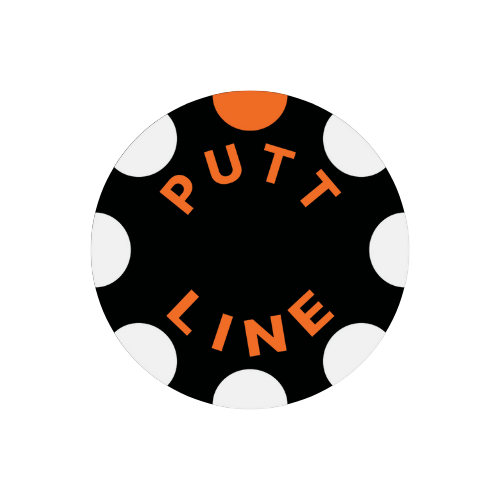
What Do “Strokes Gained” and “Strokes Lost” Mean on the Green?
If you’ve watched golf coverage lately, you’ve probably heard announcers talk about “strokes gained putting” or “strokes lost on the greens.” But what do those terms actually mean, and more importantly—why should you care if you’re trying to improve your own game?
Breaking Down Strokes Gained Putting
The concept of strokes gained was pioneered by Columbia Business School professor Mark Broadie and has become a staple stat on the PGA Tour. In simple terms, it measures how a golfer performs on the green compared to the average Tour player.
- Strokes gained: You hole more putts than the field expectation.
- Strokes lost: You miss putts that an average pro would typically
For example: if the average PGA Tour player needs 1.8 strokes to finish from 10 feet, and you sink it in one, you just gained 0.8 strokes on the field. Miss it and two-putt? You lost 0.2 strokes.
Why This Stat Matters
Golf is a game of fine margins. A missed three-footer at your local muni might feel frustrating, but at the professional level, it’s career-shaping. Consider these examples:
- Jordan Spieth built his early dominance on the greens. In 2015, he ranked near the top in strokes gained putting, rolling in clutch putts under pressure. His putter turned near misses into victories.
- Rory McIlroy, on the other hand, is often one of the best ball strikers in the world, but when his putting numbers dip into negative territory, it’s usually the difference between winning and finishing T-10.
- Even Tiger Woods, during his prime, combined elite ball-striking with a putting stroke that consistently gained strokes in the pressure moments—cementing his dominance.
The takeaway? Strokes gained (or lost) on the greens is often the deciding factor between lifting the trophy or heading home early.
Bringing It Back to Your Game
Here’s the good news—you don’t need a PGA Tour data team following you around to apply this to your own golf. Think about it this way:
- If you miss makeable putts (inside 6 feet), you’re “losing strokes.”
- If you consistently roll in those putts or lag long putts close, you’re “gaining strokes.”
That’s where fundamentals and consistency come in. Training and alignment aids like those from Putt Line Golf including the One Putt Ruler or the Two-Way Putting Alignment System, are designed to build the muscle memory and alignment habits that eliminate wasted strokes on the green. By focusing on line, speed, and stroke consistency, you’re directly influencing the key factors behind strokes gained putting.
Final Thought
Golfers love chasing distance off the tee, but statistics prove that putting is where rounds are won and lost. Understanding strokes gained and lost gives you a clear lens into why your scorecard looks the way it does—and more importantly, how to change it. With the right training aids and a commitment to putting fundamentals, you’ll stop leaking strokes on the green and start gaining them where it matters most.
